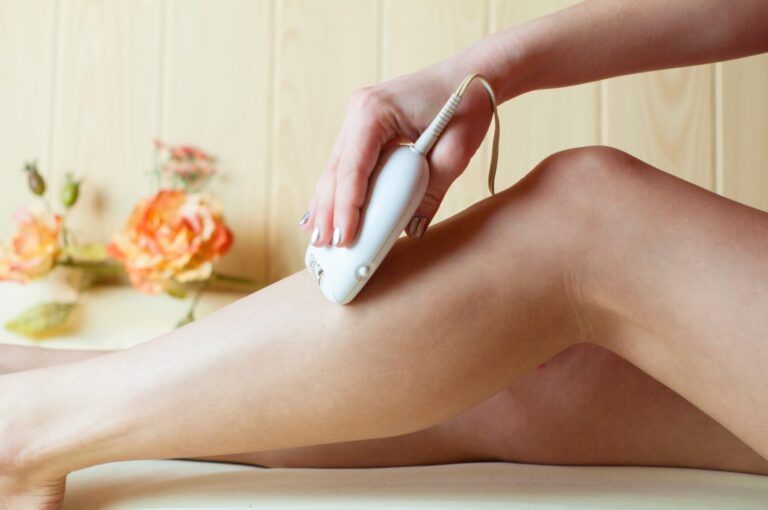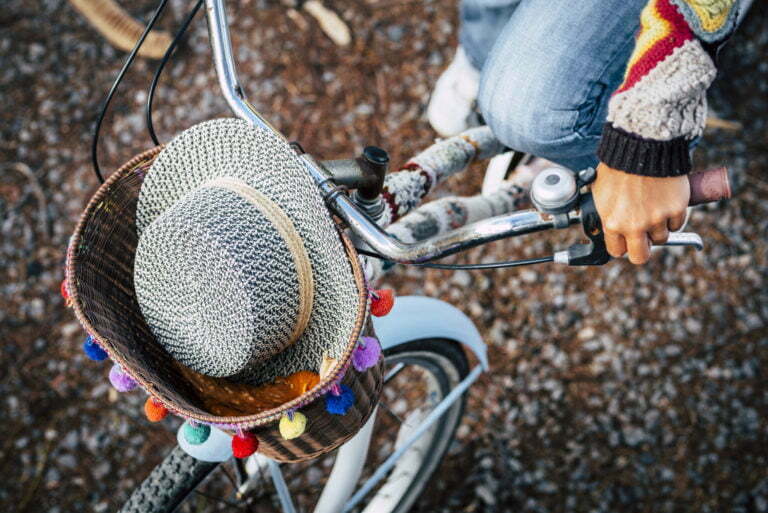Have you ever looked at the back of a lotion bottle and seen a long list of words you can’t pronounce? You’re not alone! More and more people are switching to skincare products made with simple, natural ingredients from plants. It’s a great way to be kinder to your skin and the planet.
But starting can feel a little confusing. What does “natural” even mean? This guide will help you understand labels, pick the right products, and slowly switch your routine. Get ready for happier skin!
What Does “Natural” Even Mean?
The tricky thing is, the word “natural” can mean different things to different companies. Some “natural” products are made with ingredients straight from a plant. Others are a mix of natural stuff and things made in a lab.
It’s also good to remember that just because something is natural doesn’t mean it’s perfect for everyone. For example, some natural oils can be too strong for sensitive skin.
The best thing you can do is become a skincare detective! Instead of just reading the big words on the front of the bottle, flip it over and look at the ingredient list. Look for words you recognize, like “jojoba oil” or “aloe vera.” Also, look for special stamps like “USDA Organic,” which means the product is made with trusted ingredients.
What Natural Products Can Do for Your Skin
Science shows that plants and other natural ingredients can be amazing for our skin! They are full of good things that help heal and protect it.
- For Oily Skin: Natural oils like jojoba can actually help your skin be less greasy.
- For Dry Skin: Plant ingredients like aloe vera are great at adding moisture back into dry skin. Some people also find that traditional ingredients like beef tallow, which is rich in vitamins, can be very helpful for dry or sensitive skin.
- For Acne: You can find gentle and effective natural ingredients that help with breakouts.
- For Sensitive Skin: Simple products with fewer ingredients can help calm your skin down and make it stronger.
Plus, when you choose natural skincare, you’re often choosing products with better packaging that’s good for the Earth.
How to Become a Skincare Detective When Reading Skin Care Product Labels
Let’s learn how to read those tricky labels.
Common Words You’ll See:
- Certified Organic: This is a strong promise. It means at least 95% of the ingredients are organic.
- Clean: This usually means the product is free from common harsh chemicals, but there’s no official rule for this word.
- Vegan: This means there are no animal products in it, like honey or beeswax.
- Leaping Bunny: This is a big one! It’s a promise that no animals were tested on to make the product.
Reading the Ingredient List:
Ingredients are listed from most to least. So, if water is the first ingredient, that’s what the product has the most of. A shorter list with names you know is usually a good sign! Some small businesses, like the family-owned Mama Mandy’s Mercantile, focus on creating products with simple, high-quality ingredients, including locally sourced beef tallow skin care products.
A good rule of thumb is: If you wouldn’t eat it, maybe you shouldn’t put it on your skin.
How to Start Without Freaking Out Your Skin
Switching to natural skincare is a marathon, not a sprint. Don’t throw everything out at once! Your skin needs time to get used to the new products.
Start by swapping out just one thing, like your face wash.
- Week 1: Switch to a natural face wash.
- Week 3: Try a new natural toner or serum.
- Week 5: Add a natural moisturizer or sunscreen.
Give Your Skin Time to Adjust
For the first couple of weeks, your skin might act a little weird. You might see a small breakout or some dryness. This is often called a “detox,” where your skin is cleaning out the old stuff and getting used to the new. It usually calms down in 2-3 weeks.
Keeping a small “skin diary” can help you track how your skin is feeling. If something feels itchy or red for a long time, that specific product might not be right for you. Always test a new product on a small spot on your arm or jaw before putting it all over your face.
Your Simple Daily Skincare Plan
In the Morning (Protect Your Skin):
- Clean: Gently wash your face with warm water.
- Hydrate: Use a simple, plant-based toner.
- Protect: Finish with mineral sunscreen. This acts like a shield to protect your skin from the sun.
At Night (Repair Your Skin):
- Clean: Use an oil cleanser to melt away makeup and dirt from the day.
- Hydrate: Use your toner again to help balance your skin.
- Moisturize: Apply a good natural moisturizer. This is when your skin does most of its healing, so a good cream helps a lot.
It’s More Than Just Creams and Lotions
True beauty is about taking care of your whole self. Your skin is a reflection of what’s happening on the inside.
- Eat Good Food: Healthy fats from foods like avocados help your skin stay strong.
- Stay Calm: Stress can cause breakouts. Taking a few deep breaths can really help.
- Get Enough Sleep: Your skin repairs itself while you sleep!
Making small, earth-friendly changes helps, too. Try using reusable cotton rounds instead of throwaway wipes. When you take care of yourself and the planet, you truly start to glow.





